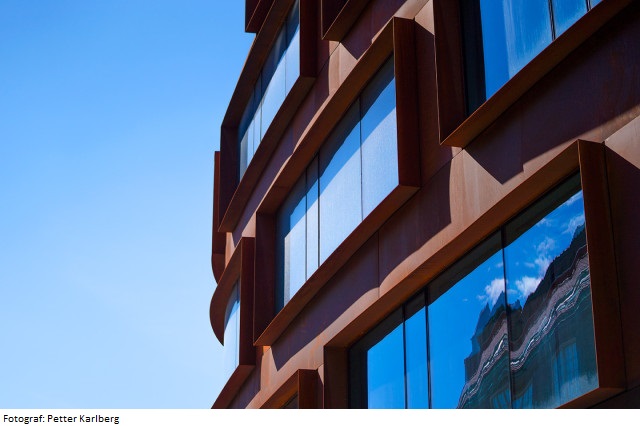The course cities are made of this aims to develop an understanding for alternative processes in the production of urban conditions. We will look into how non-planning and positions between fast forward late capitalism and residues of traditional planning methodologies have started to produce new understandings of our urban environment. We will introduce and propose new concepts and tools to work on topics of urban development. Away from traditional models of planning and ill-disguised cynical trends towards a more down to earth, active and participatory approach to urban and spatial questions. Each student will produce a concept for a project that can be realized with the help of the fellow students as full time co-workers and with a small economy. The most successful project (according to the teachers) will be built. The projects have to address ideas of media, organization, time, work-schedules, permissions as well as spatial, functional and aesthetic questions. The winning proposal will be under an open-source copyright, this means that everyone involved in the course can claim the project as their own. So it is less about competition and more about development and sharing.
A42P4B Design Process - Studio 4:4 12.0 credits
This course has been discontinued.
Last planned examination: Spring 2022
Decision to discontinue this course:
No information inserted
Content and learning outcomes
Course contents
Intended learning outcomes
Production of Architecture: Cities Are Made of This
Overall goals
The course is part of the Design Process Studio which aim is to develop new tools and methods for architectural design, and to create new forms of space.
2. The course/project goal is to increase the student's knowledge in this area/field and skills/knowledge in the field of architecture in general. The students will enter the project with varying degrees of knowledge/skills and will subsequently end up at different levels at the end of the course/project.
3. The individual student must show an increase in the particular skills/knowledge offered in the studio and in the field of architecture in general.
Course goals
1. The course aim to increase knowledge about how methods and tools to represent architecture also inform and influence the production of architecture and the understanding of space.
2. At the completion of the course, each student should be able to demonstrate developed practical skills and an extended knowledge in relation to the studio program and towards the practise of architecture as a whole.
Literature and preparations
Specific prerequisites
Bachelor’s Degree, or an equivalent level, within the field of Architecture.
Recommended prerequisites
Bachelor’s Degree, or an equivalent level, within the field of Architecture.
Equipment
Lap-top
Literature
(Spring projects)
Did Someone Say Participate? – An Atlas of Spatial Practise
Markus Miessen and Shumon Basar
Examination and completion
If the course is discontinued, students may request to be examined during the following two academic years.
Grading scale
Examination
Based on recommendation from KTH’s coordinator for disabilities, the examiner will decide how to adapt an examination for students with documented disability.
The examiner may apply another examination format when re-examining individual students.
The course consists of two parts; a fulfilled and delivered project work (9 credits) and a passed final assessment (3 credits). There is at least one intermediate assessment during the course.
Other requirements for final grade
a) Presentation requirements
Presentation requirements will be handed out at the start of the course.
b) Examination
80% attendance. Active participation in lectures, tutorials, and seminars etc. Passed intermediate and final assessments. Compulsory attendance during the assessment reviews.
Completion: The project work shall be delivered and, if necessary, reworked within the set time limit. See general directions.
(Overall principle: Autumn term projects must be approved during the following Spring term: Spring term projects must be approved before the start of the following Autumn term. The reworked projects must be delivered at least one week before the time limit.)
The project work is to be documented in a portfolio, including drawings, analysis and models. The work process shall be legible.
Opportunity to complete the requirements via supplementary examination
Opportunity to raise an approved grade via renewed examination
Examiner
Ethical approach
- All members of a group are responsible for the group's work.
- In any assessment, every student shall honestly disclose any help received and sources used.
- In an oral assessment, every student shall be able to present and answer questions about the entire assignment and solution.